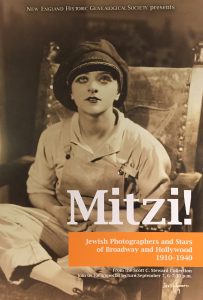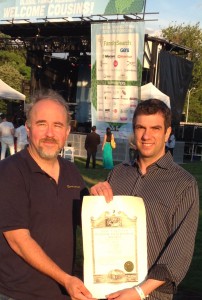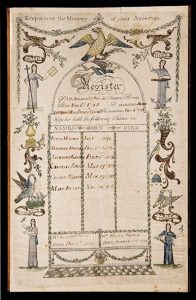[Author’s note: This series, on Mrs. Gray’s reading habits, began here.]

245 South Eighteenth Street, Wednesday, 9 May 1860: Shopping with [her sisters] Sue & Liz [Shober][2] all the morning – a call from my old school mate Sallie Newbold[3] p.m. – and quite a pleasant party … in the evening, 12 or 15 ladies to 2 gentlemen – a lack of beaux which gave much merriment. [Her younger sons] Reginald & Morris [Gray][4] grow too independent here – trotted off after breakfast to Aunt Annie [Shober]’s[5] to play with Baby John – and Uncle John [Shober][6] keeps them too abundantly supplied with cash. [They] buy the most abominable trash – I must keep possession of their purses myself.
Thursday, 10 May 1860: Another dull day – which gave us a long quiet morning for reading about [Eliot’s] “The Mill on the Floss.”[7] Poor little Mary [Gray][8] suffering with tooth ache, and could not screw herself up to going to the dentist, notwithstanding I offered the brightest gold dollar if she would – but she scorned being bribed into it! Continue reading ‘By dint of much skipping’



